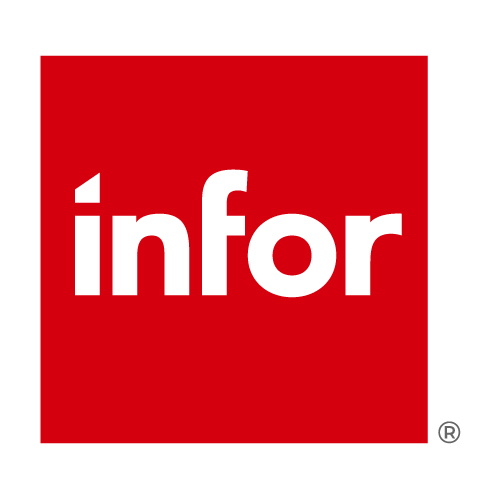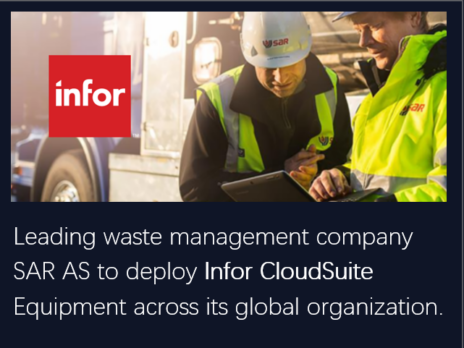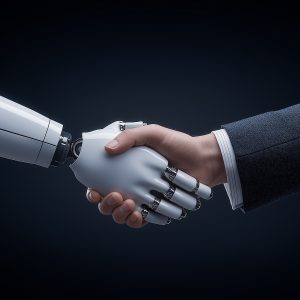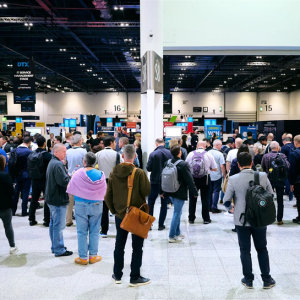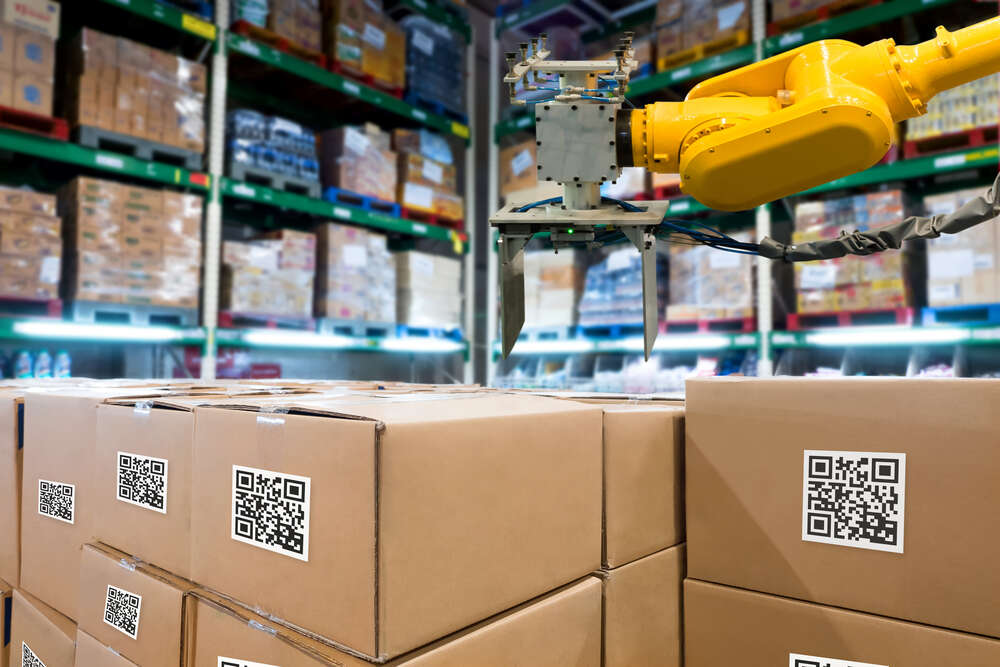
The distribution industry has been battling against unrivalled challenges, from labour shortages and supply chain disruption to meeting the demands of customers clamouring for greener businesses. This is impacting the ability of distributors to meet constantly evolving customer expectations while maintaining margins. With the complex nature of distribution, digital adoption has been slow, with many distributors discouraged by the costs of ROI, building on legacy systems and costs of purchasing. Demand for equipment is placing a greater strain on equipment and rental businesses as they strive to meet evolving customer demands.

From the ability to manage multiple bookings and pricing models and processing equipment returns to monitoring equipment availability and utilisation, while keeping up with the maintenance history of said equipment, businesses will need to adapt if they are to consistently offer effective and responsive customer experience. Every distributor is facing greater customer demands, be it the speed of service or options for personalisation, to name a few. Meeting such demands, from availability to reliability, is becoming increasingly reliant on the need for digital tools such as smart equipment, real-time monitoring, data capture and analysis.
But new digital solutions are changing the game, creating exciting new opportunities for distributors to re-engage customers and optimise business operations in equipment and rental. With sophisticated ERP solutions, rental and service organisations, equipment OEMs and specialists can leverage these digital tools to monitor better and track services. Opting for sophisticated digital tools and modern ERP systems over legacy systems and spreadsheets will not only unlock new opportunities at scale but also find quicker solutions to industry challenges, increasing speed to value while overcoming obstacles and unforeseen challenges along the way.
Striving for service excellence with digital solutions
“Rental customers are no longer buying a product, they’re buying a service, which has implications. Rental is a subscription, requiring multiple invoices to be managed on a weekly, monthly or quarterly basis,” says Håkan Strömbeck, Infor’s industry and solution strategy director. “Without an efficient process, costs for a rental customer will be higher compared with an ordinary customer who buys something only once.”
With a modernised ERP system, businesses can seamlessly consolidate disparate systems into one source. Customer data and interactions can be effectively managed to nurture a culture of long-lasting relationship building. This helps employees to respond more readily to customer needs with the data they need to find solutions while having a holistic view of all customer-facing processes at their fingertips, allowing them to fulfil customer needs from request through to delivery, and at a much quicker pace. Not only does this help to retain customers, but it will also increase speed to value.
“Understanding the profitability of a customer or a contract and the equipment is essential because a customer could have several different rental contracts, but they are not liable for the service and equipment replacement costs,” says Strömbeck.
Without a modern ERP system to effectively track this information, companies could lose profitability on rental contracts. Equipment businesses moving into rental will need to consider process, transparency, and profitability with a new approach if they are to successfully optimise processes.
Availability and utilisation
Rental equipment businesses often struggle with profitability due to high service and maintenance costs. This is worsened by their limited inventory of spare parts, which can lead to customers seeking competitors’ services. However, with the deployment of a sophisticated ERP system, equipment businesses can harness the capabilities of real-time monitoring to deliver efficient field and shop service offerings. By tracking customer utilisation, they can determine what equipment will be available and when, helping distributors to minimise equipment downtime for customers.
“A legacy system will require so much manual work to introduce the rental subscription model into your equipment business,” says Strömbeck. “Profitability is likely to be quite poor due to the hours required for manual labour, causing potential delays to insights, which could lead to poor decision making.”
Optimising equipment and rental supply chain management with AI
A lack of visibility across supply chains can result in integration complications and cause roadblocks in fulfilling demand. A modern ERP system will help to reduce excessive spare parts, improve inventory deployment, and collaborate across the entire supply chain network by offering end-to-end visibility, from raw materials to aftermarket components. Businesses can also more effectively manage complex logistics with diverse spare parts inventories while reducing excess spare parts and additional warehousing. Over time, this contributes to the ability to better optimise demand forecasting and planning and proficiently manage parts exchanges and warrantied parts.
“In equipment, whether it’s rental or not, there are technicians, service people and field technicians. The need for mobility, in planning a service trip, so teams have the right spare parts, and the right tools is essential. Arming those roles and employees with the right information at the right time – and in the right format – will transform efficiency,” says Strömbeck.
Life-cycle profitability
Efficiency will also be strengthened through greater visibility into the equipment’s life cycle. Maintaining equipment and margins throughout the equipment life cycle presents wide-ranging challenges, but leveraging sophisticated digital solutions will help to manage and optimise the equipment life cycle, from acquisition through end of life.
Managing data and leveraging AI can help to provide visibility into the entire equipment life cycle, utilising predictive AI and machine learning (ML) methods to assess ahead of time when equipment may require servicing or replacing, reducing the chance of any unexpected supply issues while having real-time data on inventory. Businesses can leverage Infor’s industry-specific PLM product to manage all aspects of the life cycle of a customer or an asset.
AI and ML algorithms can recognise patterns in asset data, including temperature and vibrations, to detect errors or disruptions in operation. The data helps to determine how urgently the defect will need attention for repairs or replacement. This previously would have required time-consuming manual labour, by which time the equipment may already have become faulty or broken down. In light of the current tech talent shortage, leveraging AI and ML will only help distributors bolster and redistribute effective human labour for value-added activities.
By practising predictive maintenance, rental companies are able to extend the life cycle of their assets. More reactive repairs allow the equipment to be utilised for a longer period of time. As a result, rental companies can generate more revenue while also reducing waste through more sustainable practices.
Towards a circular economy for equipment and rental
“It’s a shared economy. If you’re working in an efficient way with good planning, you will distribute the right amount of equipment,” says Strömbeck. “It’s about being efficient, precise and optimising operations, which will have a positive sustainable impact by lowering the amount of transportation required.”
Infor is striving to comply with the comprehensive and fast-moving EU regulations on sustainability. According to Strömbeck, its focus is on addressing the three scopes of sustainability regulation. By enhancing precision and efficiency in planning and execution, Infor can help distributors save resources, which will benefit their sustainability reporting.
“Operations can be made much smarter by having the right kitting and saving resources based on demand. Infor also has an ML use case which is looking into minimising packaging,” says Strömbeck.
As the race to net zero begins to demand more intricate strategies for industries to reduce carbon emissions, equipment businesses will benefit from leveraging digital tools that enhance efficiency and reduce waste while saving costs.

